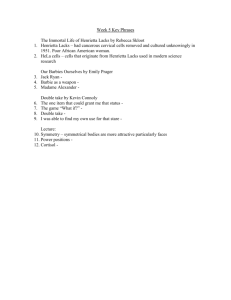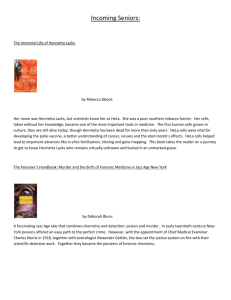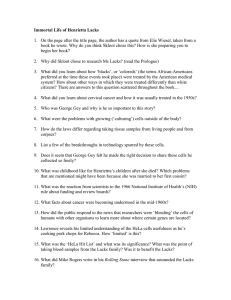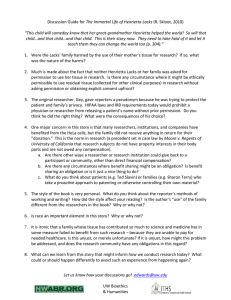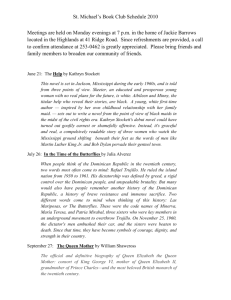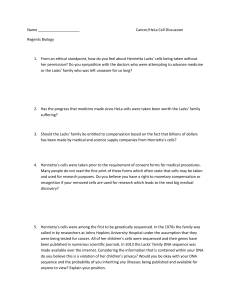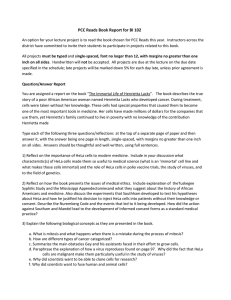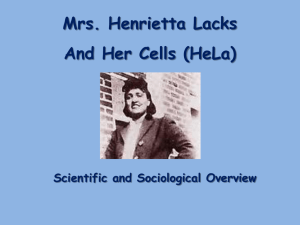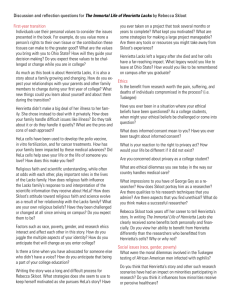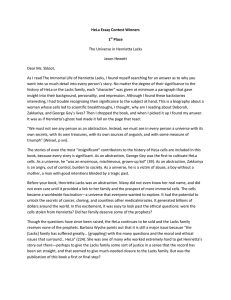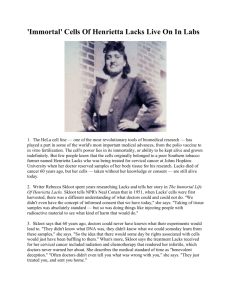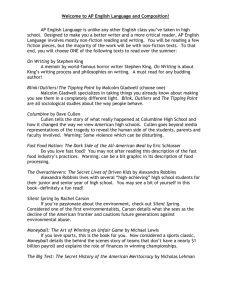Revised AP English Language and Composition Summer Reading
advertisement
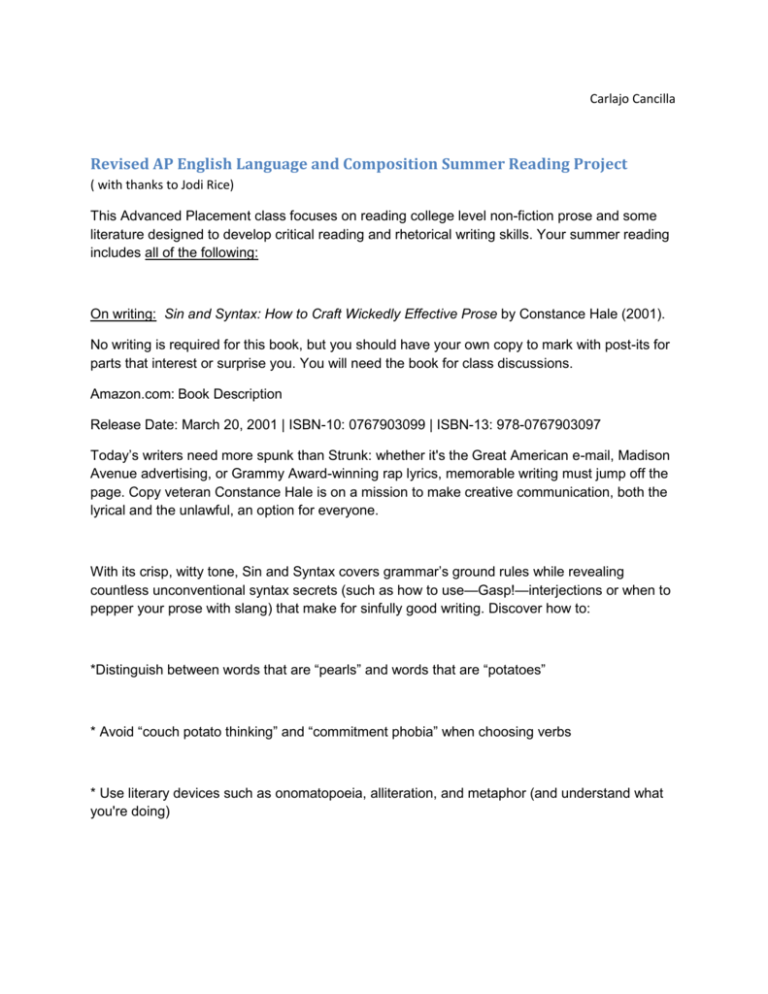
Carlajo Cancilla Revised AP English Language and Composition Summer Reading Project ( with thanks to Jodi Rice) This Advanced Placement class focuses on reading college level non-fiction prose and some literature designed to develop critical reading and rhetorical writing skills. Your summer reading includes all of the following: On writing: Sin and Syntax: How to Craft Wickedly Effective Prose by Constance Hale (2001). No writing is required for this book, but you should have your own copy to mark with post-its for parts that interest or surprise you. You will need the book for class discussions. Amazon.com: Book Description Release Date: March 20, 2001 | ISBN-10: 0767903099 | ISBN-13: 978-0767903097 Today’s writers need more spunk than Strunk: whether it's the Great American e-mail, Madison Avenue advertising, or Grammy Award-winning rap lyrics, memorable writing must jump off the page. Copy veteran Constance Hale is on a mission to make creative communication, both the lyrical and the unlawful, an option for everyone. With its crisp, witty tone, Sin and Syntax covers grammar’s ground rules while revealing countless unconventional syntax secrets (such as how to use—Gasp!—interjections or when to pepper your prose with slang) that make for sinfully good writing. Discover how to: *Distinguish between words that are “pearls” and words that are “potatoes” * Avoid “couch potato thinking” and “commitment phobia” when choosing verbs * Use literary devices such as onomatopoeia, alliteration, and metaphor (and understand what you're doing) Everyone needs to know how to write stylish prose—students, professionals, and seasoned writers alike. Whether you’re writing to sell, shock, or just sing, Sin and Syntax is the guide you need to improve your command of the English language. Non-fiction: The Immortal Life of Henrietta Lacks by Rebecca Skloot (2010). This book provokes thought about medical and scientific ethics, legal issues, social class, and race. Amazon.com Book Description: Her name was Henrietta Lacks, but scientists know her as HeLa. She was a poor Southern tobacco farmer who worked the same land as her slave ancestors, yet her cells—taken without her knowledge—became one of the most important tools in medicine. The first “immortal” human cells grown in culture, they are still alive today, though she has been dead for more than sixty years. If you could pile all HeLa cells ever grown onto a scale, they’d weigh more than 50 million metric tons—as much as a hundred Empire State Buildings. HeLa cells were vital for developing the polio vaccine; uncovered secrets of cancer, viruses, and the atom bomb’s effects; helped lead to important advances like in vitro fertilization, cloning, and gene mapping; and have been bought and sold by the billions. Yet Henrietta Lacks remains virtually unknown, buried in an unmarked grave. Now Rebecca Skloot takes us on an extraordinary journey, from the “colored” ward of Johns Hopkins Hospital in the 1950s to stark white laboratories with freezers full of HeLa cells; from Henrietta’s small, dying hometown of Clover, Virginia—a land of wooden slave quarters, faith healings, and voodoo—to East Baltimore today, where her children and grandchildren live and struggle with the legacy of her cells. Henrietta’s family did not learn of her “immortality” until more than twenty years after her death, when scientists investigating HeLa began using her husband and children in research without informed consent. And though the cells had launched a multimillion-dollar industry that sells human biological materials, her family never saw any of the profits. As Rebecca Skloot so brilliantly shows, the story of the Lacks family—past and present—is inextricably connected to the dark history of experimentation on African Americans, the birth of bioethics, and the legal battles over whether we control the stuff we are made of. Over the decade it took to uncover this story, Rebecca became enmeshed in the lives of the Lacks family—especially Henrietta’s daughter Deborah, who was devastated to learn about her mother’s cells. She was consumed with questions: Had scientists cloned her mother? Did it hurt her when researchers infected her cells with viruses and shot them into space? What happened to her sister, Elsie, who died in a mental institution at the age of fifteen? And if her mother was so important to medicine, why couldn’t her children afford health insurance? Intimate in feeling, astonishing in scope, and impossible to put down, The Immortal Life of Henrietta Lacks captures the beauty and drama of scientific discovery, as well as its human consequences. Non-fiction Periodical Reading: Using the list of reputable sources below, collect five opinion pieces (not news stories or informational articles).You may use print or online sources, but you must use three different publications. One of the items you select should relate to an issue raised by the Afterword in Skloot’s book (315-328). Keep your articles together in a folder. I will be asking you to bring them to class in the first few weeks of school. Examples of Suggested Newspapers/Magazines: The New York Times The Washington Post The Guardian (UK newspaper) The Economist (UK news magazine) Time Newsweek The New Yorker The Atlantic or Atlantic Online Harper’s Mother Jones Arts and Letters Daily (an online compilation of items from around the English-speaking world) Examples of publications not recommended: USA Today or fashion, lifestyle, or popular culture/entertainment magazines.
